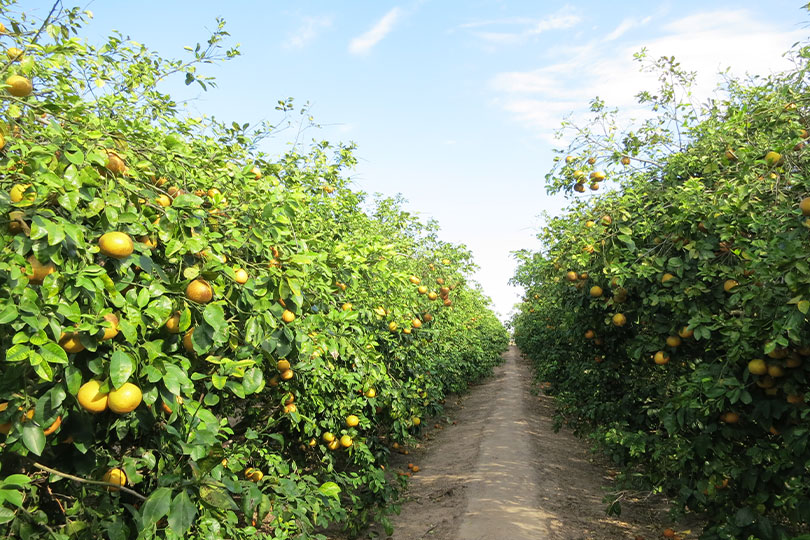By Shelby Shank
Field Editor
New developments in disease-resistant citrus plants using “hairy roots” may be the answer to fight against citrus greening.
Research led by Dr. Kranthi Mandadi, associate professor at Texas A&M AgriLife Research and Extension Center at Weslaco, and his team are developing new ways to fight off fastidious pathogens that infect living plants and resist growth.
One of those fastidious pathogens causes citrus greening, a significant problem for the citrus industry.
“Fastidious plant pathogens infect citrus, tomatoes, potatoes, grapes, peppers and other crops grown throughout Texas,” Dr. Dirk Hays, director of the Texas A&M AgriLife Center at Weslaco, said. “Often transmitted by insect vectors, these disease agents are responsible for billions of dollars in agricultural losses yearly.”
It is estimated the citrus industry would prevent $3 billion in losses per year by controlling citrus greening alone, according to the U.S. Department of Agriculture.
Mandadi and his team have developed a technology using pathogen-infected host tissues to produce “hairy roots” that serve as biological vessels to propagate fastidious bacteria responsible for citrus greening and other insect-vectored diseases.
The hairy root screening technique has led to the discovery of new antimicrobial peptides and chemicals with proven efficacy in plant materials, AgriLife Research scientist Dr. Sonia Irigoyen said.
Mandadi’s research investigated how to use the hairy root technique in plant transformation and bioengineering improved citrus.
“Developing new plant varieties with improved genetics using conventional breeding or the latest bioengineering and CRISPR tools can be quite laborious, often taking multiple years,” Mandadi said. “The ability to overcome this bottleneck and improve this process, particularly for hardy, slow-growing, perennial trees like citrus, can be a game changer and a boon to producers and consumers.”
Researchers used R. rhizogenes to induce the transgenic hairy roots from diverse citrus cultivars—like grapefruit, sweet orange, rough lemon and citron—at efficiencies of 28% to 75%. This level of efficiency is potentially greater than those seen in previous methods of citrus transformation, making the process faster and less costly.
The research team regenerated and cloned several identical, transgenic plants after making sure a transgenic root had the proper genetics.
Genetic modification of citrus has been challenging in the past due to the crop’s slow growth and difficulties in regeneration, but the hairy root technique could be helpful for multiple bioengineering and gene-editing applications in citrus and other tree crops.
“This means we will be able to develop and multiply disease-resistant citrus plants using root tissue more quickly and get them established much faster than when using the previous approaches,” Mandadi said. “The entire throughput for developing more disease-resistant citrus and other plants will be greatly expedited.”
The hairy root mediated transformation could benefit citrus farmers, speeding up development of new varieties with superior disease resistance. Other benefits could include resilience to environmental stresses, increased production efficiency and improved nutritional quality.
“It will also benefit the consumer in that they can expect to continue to have a supply of their favorite fruits and other items with characteristics they find most appealing in their produce,” Mandadi said.

